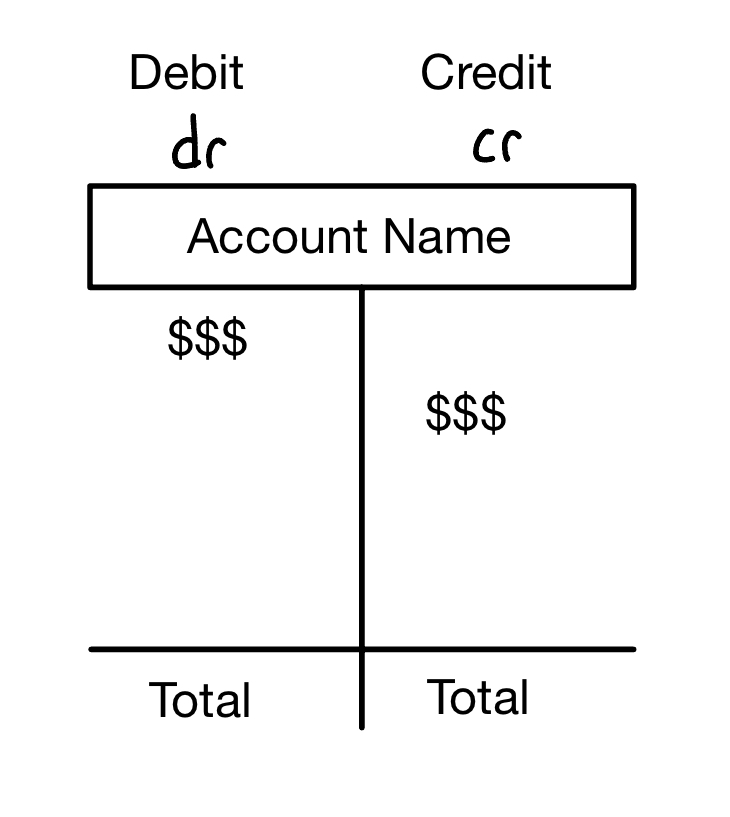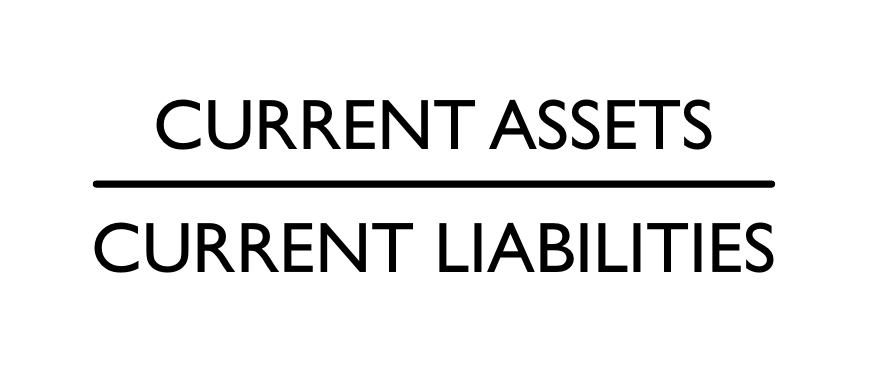Chapter 2: The Balance Sheet
5.0(1)
5.0(1)
Card Sorting
1/31
Study Analytics
Name | Mastery | Learn | Test | Matching | Spaced |
|---|
No study sessions yet.
32 Terms
1
New cards
Assets, liabilities, and stockholders' equity
The three categories you find on the Balance Sheet are:
2
New cards
Debt financing
__________ is the money and loans that a business borrows from banks and must repay in the future.
3
New cards
Equity financing
__________ is raising money by selling shares to stockholders or investors.
4
New cards
Assets
A business will invest in __________ to benefit the company.
5
New cards
Activities
Companies must document all __________, which includes loans, purchases, sales, and returns.
6
New cards
give and a get
A transaction or exchange must always include a(n) __________.
7
New cards
Cost principle
By having a designated dollar amount (ex: American dollar), you are following the __________.
8
New cards
External exchanges
__________ happen between a company and someone, like selling a product to a customer.
9
New cards
Internal events
__________ involve utilizing assets to create another asset, like a product to sell to get cash.
10
New cards
accounting cycle
The __________ is used to report the financial information of a company.
11
New cards
transaction
A(n) __________ is an activity that occurs between at least two people.
12
New cards
Analyze
Record
Summarize
Prepare a Trial Balance
Report Financial Statements
Record
Summarize
Prepare a Trial Balance
Report Financial Statements
The order of the accounting cycle is:
13
New cards
duality of effects
When a transaction has two effects on the accounting equation, this is called __________.
14
New cards
account titles
Assets, liabilities, and stockholders' equity all have a variety of __________.
15
New cards
T-accounts
Ledger accounts, aka __________ summarize information from the journal entries.

16
New cards
debit credit framework
The __________ is used when making journal entries, which shows how transactions effect accounts. Where you write the total depends on if the account has a normal credit or debit balance.
17
New cards
normal balance
The __________ of an account is the side that makes the account increase.
18
New cards
debit
An has a normal __________ balance.
19
New cards
credit
Liabilities and Stockholders' Equity have a normal __________ balance.
20
New cards
The date of the transaction
The account name
Debits
Credits
The account name
Debits
Credits
A journal entry includes:
21
New cards
Journal entries
__________ are created to record financial effects and can have multiple entries listed by the date transactions occurred.
22
New cards
trial balance
After journal entries, a __________ is created to total up debits and credits of all accounts and to make sure debits = credits.
23
New cards
classified balance sheet
After creating a trial balance sheet, the __________ is created.
24
New cards
Current assets
__________, also known as short term assets, will be used or sold within a year.
25
New cards
Non-current assets
__________, also known as long term assets, will not be used or sold within the year.
26
New cards
Current liabilities
__________, also known as short term liabilities, will be due and repaid within one year.
27
New cards
Non-current liabilities
__________, also known as long term liabilities, will be paid after a year or more.
28
New cards
current ratio
The __________ provides information on a company's ability to pay. You want more assets than liabilities.
29
New cards

\
Equation to calculate the Current Ratio:
30
New cards
higher
When the current ratio is __________, that indicates a better ability to pay.
31
New cards
What is and is not reported on the balance sheet
The cost amounts assigned to the recorded items
The cost amounts assigned to the recorded items
The process of recording and reporting transactions has an effect on:
32
New cards
cost principle
When first recorded, assets and liabilities are recorded at initial cost, which follows the __________.